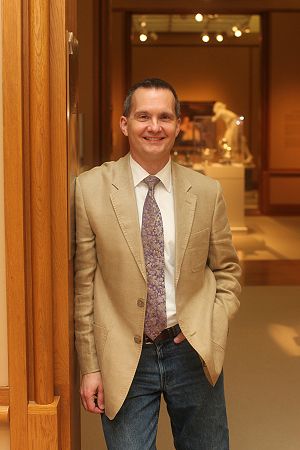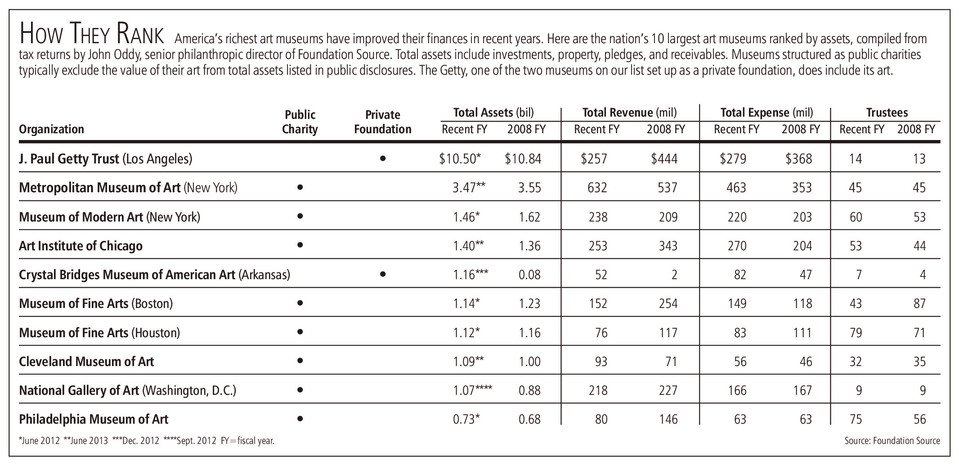What the Indianapolis Art Museum did Friday has to fall into the category of major PR blunder. In a press release headlined “IMA announces new campus enhancement plan to improve visitor experience and financial sustainability,” it sneaked in the fact–in the ninth paragraph, no less–that:
To build stronger relationships with guests, ensure quality programming through customer feedback and to guarantee long-term financial sustainability, the IMA will be refining its admission pricing policy. Visitor research has shown that IMA guests do not like paying for parking and key programs like exhibitions separately. Starting in April, an adult general admission ticket of $18 will include the cost of both parking and exhibitions. ($10 for children ages 6-17; ages five and under are free).
What it did not note explicitly anywhere in the release is that currently general admission is free. From now on, only the nature park, the cafe and the museum store are free all the time.
It’s bad enough to go from $0 to $18 overnight–though the museum has been charging $5 for parking and a fee for special exhibitions: $20 on weekends and $15 during the week for adults for the current Georgia O’Keeffe show. But to couch this new fee, and hide it, as a benefit is sure to anger people. And it did. On the Indianpolis Business Journal website, comments included:
- “Admission to the museum was free from 1941 to 2006, when it started charging $7 for nonmembers. Former CEO Maxwell Anderson dropped the fee the next year after attendance flagged and admissions rebounded dramatically.” Even at $7, they had a problem. They don’t think they will at $18? Who is doing their thinking for them?”
- “This is shameful! I am a paying member, and would pay more to be a member in order to ensure free admission for all of the citizens of the city. The museum just decided to turn its back on at least 50% of the population for which a casual free Sunday visit just became a $56 family outing (two adults and 2 children)!! Way to grow an appreciation for the arts for our inner city and middle class children. Turning the museum into a playground for the rich is a sad state of affairs.”
- “I wonder what great mind came up with this. Such a cynical attempt to sell memberships. So obvious. I wonder if they understand how much goodwill they wiped out in one simple misguided action. I wonder if they care. I wonder if the IMA will be yet another a abandoned building in a city that leads the league in abandoned buildings. There’s a reason why everybody who can get out does get out of Indy. The reason is this kind of thinking. Greed, cronyism, corruption and a naive belief that the people will continue to pay. Uhhh, no. Good luck IMA. You were once great. Now you’re just sad.”
Charles Venable (at right), who took the IMA director’s job in 2012, has been having many problems–with curators leaving, deep staff cuts and retrenching, and dumbed-down exhibitions, among other things. He hired the founder of the International Cat Video Festival to do “audience engagement.”  Recently, that person said in a brief interview, “I am curating anything that isn’t an object—so events, performances, film, dance, music, anything that is activating our audience…I really think that art can be anything that causes you to react, to contemplate something, or to create conversation.”
What is happening to a museum that used to be, maybe not great, but pretty darn good?



